polish veterinary student 3D prints functional prostheses to help injured dogs walk again
how 3d printing can help the veterinary world
Tapping into the unlimited potential of 3D printing technology, Polish veterinary student Maciej Szczepański creates functional prostheses to help injured dogs walk again. In collaboration with 3D printer & materials producer
Zortrax, the young vet uses the company’s Inventure device to make the artificial limbs on his own and improve the quality of life of these suffering pets.
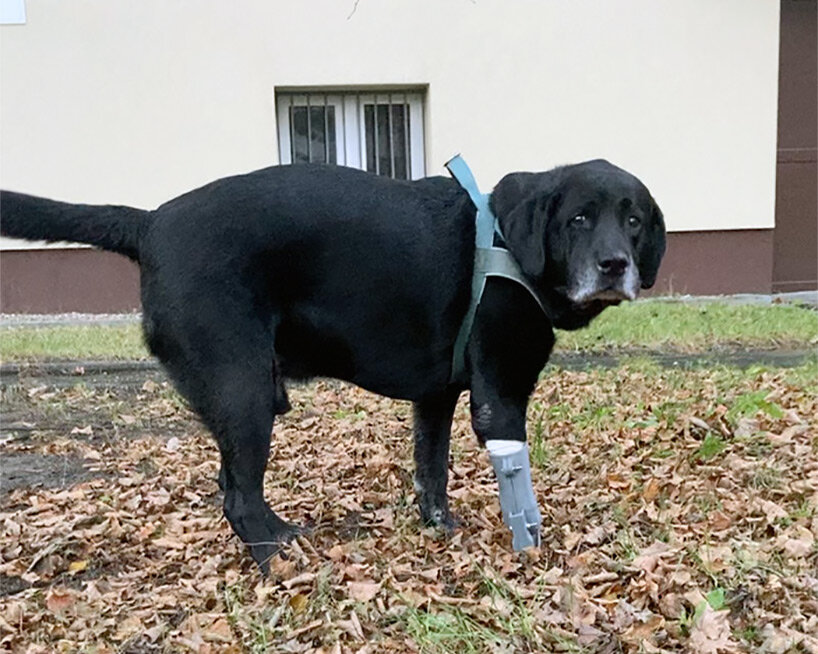
Leto on his first walk with the 3D printed prostheses
all images courtesy of Zortrax
introducing the zortrax inventure
Having noticed that the usage of animal prostheses in Poland is not as equally promoted as in other regions, like the United States, Maciej Szczepański started thinking about the potential of 3D printing artificial limbs. The student kicked his project off by helping Sonia and Leto, two dogs who lost their paws after one was hit by a train and the other by a car. ‘I wanted to create prostheses that would improve the quality of life of an animal that will be using it.’ he shares.
After outsourcing a portion of the project, Maciej Szczepański then started using the Zortrax Inventure (see more here) to 3D print the prostheses on his own and gain more independence. At first, the young vet uses alginate to make an imprint of the dog’s stump which is then filled with special ceramic plaster. After that, he 3D scans the obtained cast of a residual limb so that the 3D designer can prepare a digital model. ‘All I have to do later is 3D print the prototype on my Zortrax Inventure, which makes my work significantly easier, as I can print on the spot and check if my assumptions are correct. I don’t have to outsource this work anymore.’ Szczepański mentions.
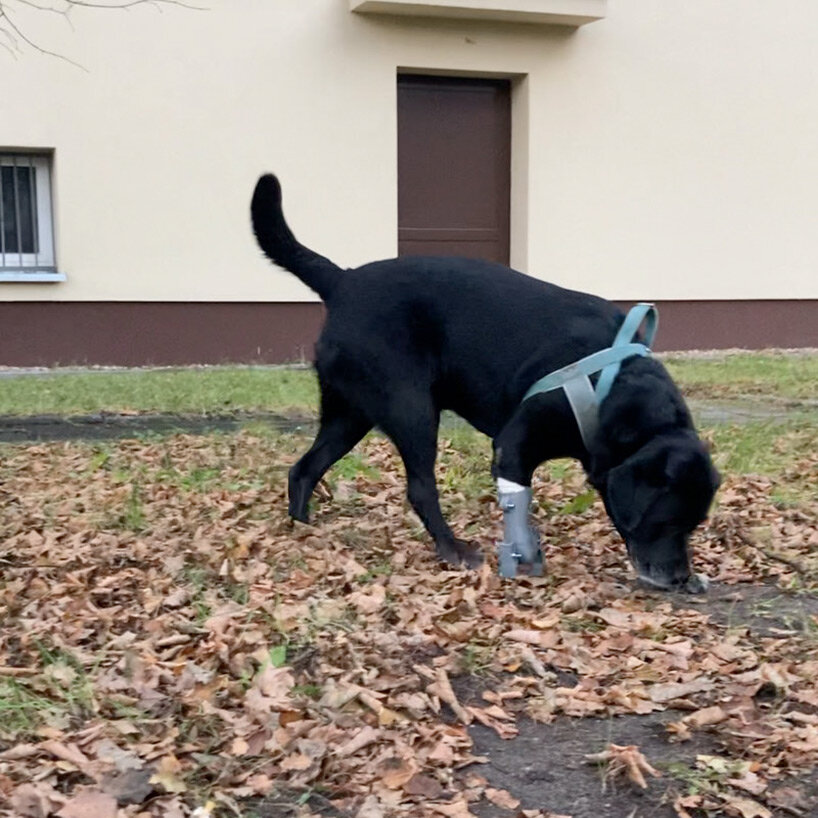
Leto on his first walk with the 3D printed prostheses
providing long-lasting support to animals in need
Each prosthetic piece is almost entirely 3D printed on the Zortrax Inventure. The printed components include a socket that holds the dog’s stump and an extra ‘foot’ element that comes in direct contact with the ground. Despite having no experience in 3D printing, the student considers working with Zortrax Inventure quite easy and convenient. ‘The Inventure is a desktop printer with an accessible and intuitive interface. It was my first contact with a 3D printer and I handled it without any problems.’ he shares.
A significant advantage of 3D printing is also the short time in which the prosthesis can be obtained. The artificial limb can be ready and passed on to the animal, in no more than three days. In addition, Zortrax printer allows Maciej Szczepański to create highly customized items with minimized costs. ‘In the future, I would like to use the 3D printer to create other prostheses or repair the ones I have already produced.’ he says. In fact, the young student is in the throes of launching a start-up company that will provide long-lasting support to animals with orthopedic problems.
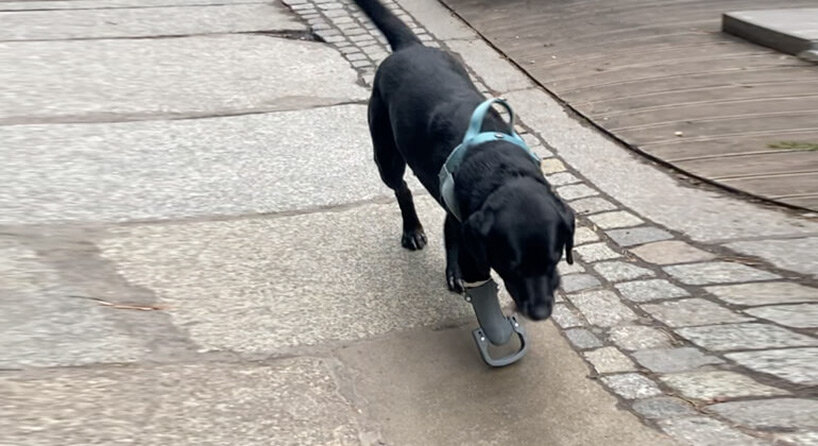
Leto on his first walk with the 3D printed prostheses
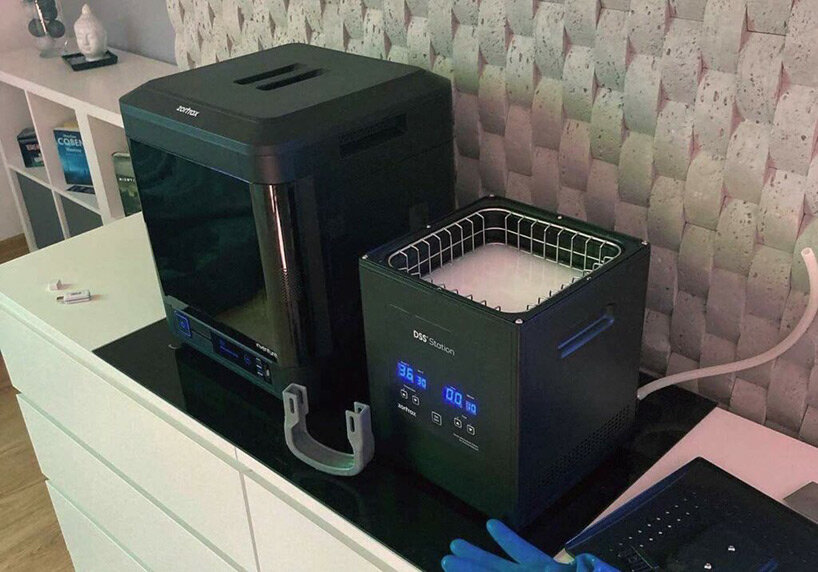
Zortrax Inventure and DSS Station used by Maciej Szczepaski
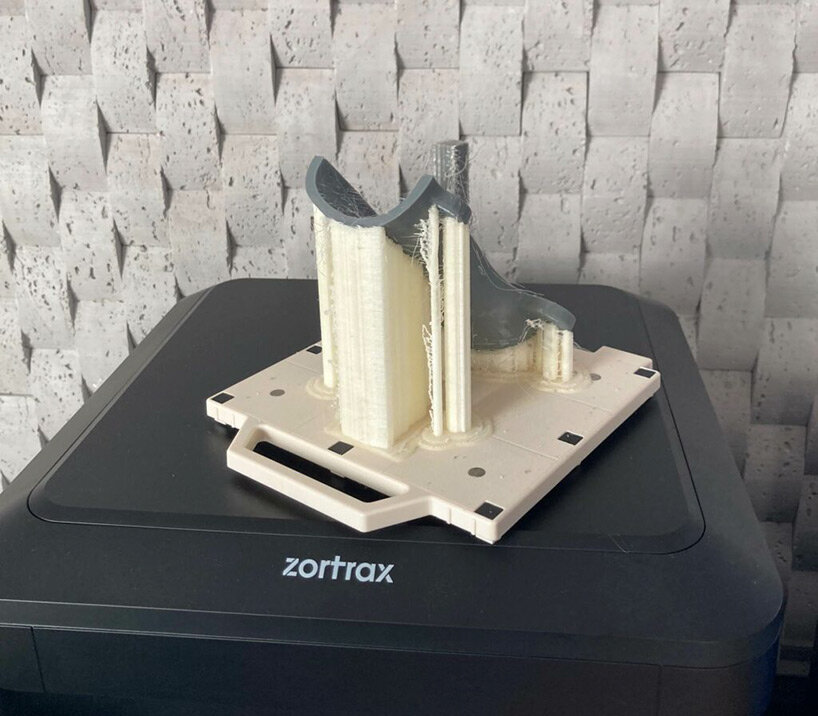
3D printed prosthetic created on Zortrax Inventur by Maciej Szczepaski
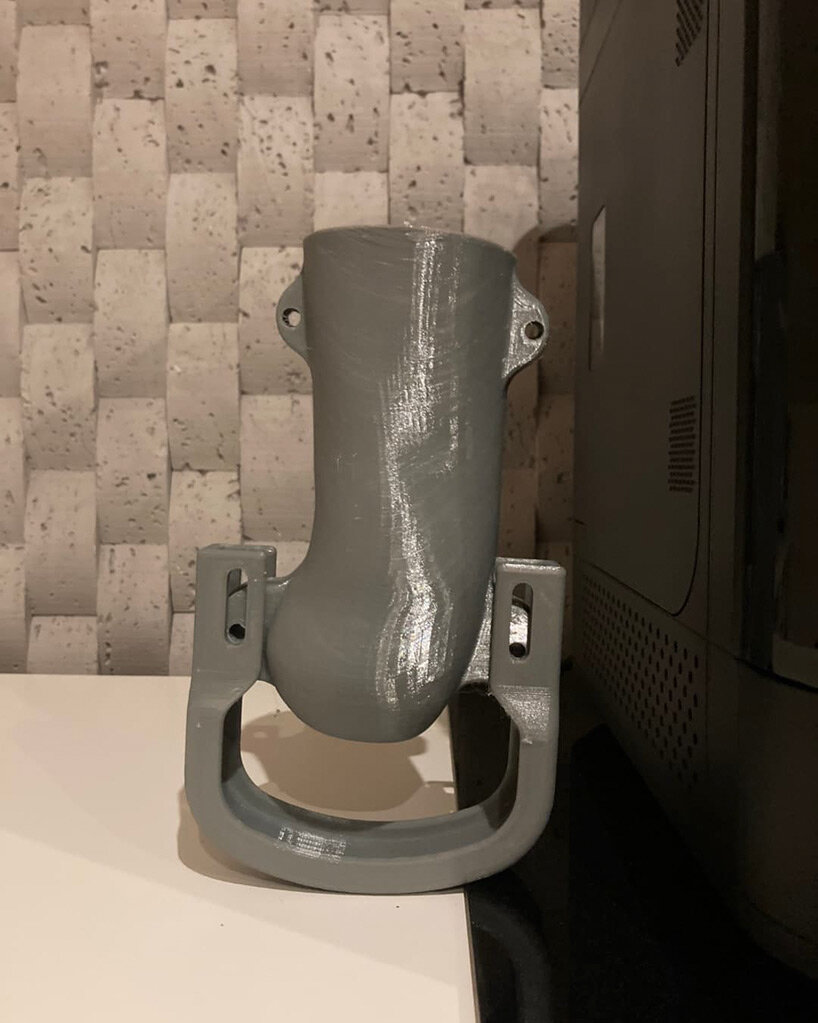
3D printed prosthetic created on Zortrax Inventur by Maciej Szczepaski
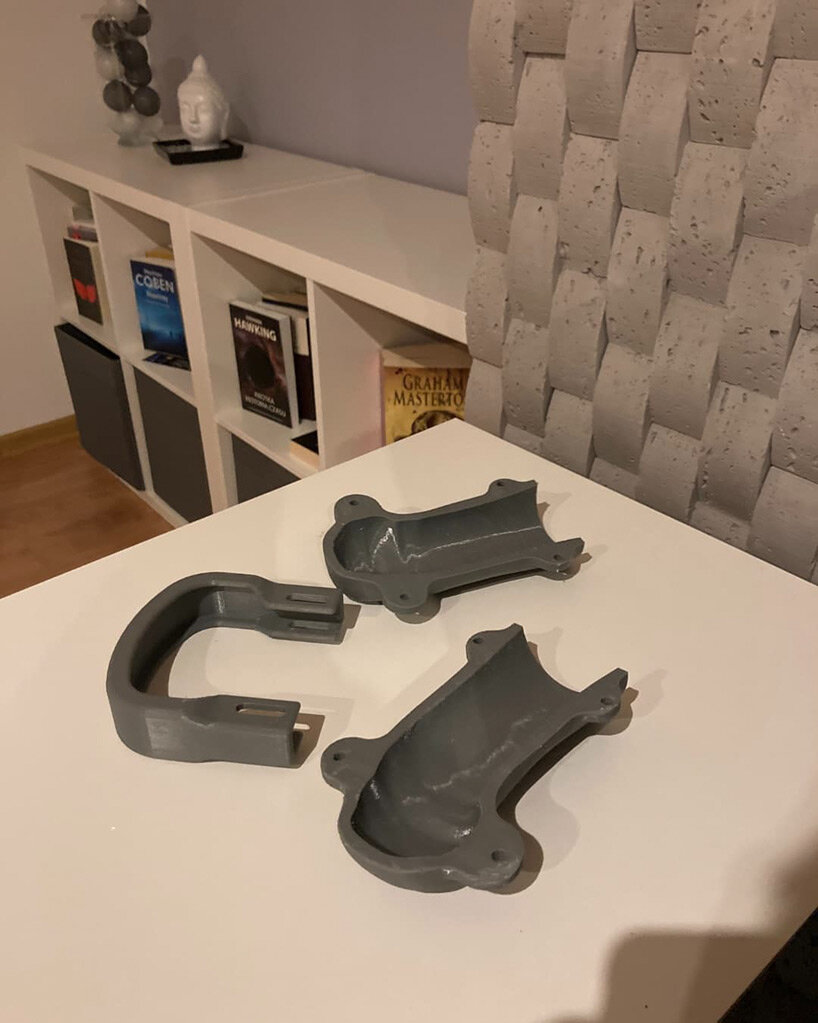
the printed components include a socket that holds the dog’s stump and an extra ‘foot’ that comes in direct contact with the ground
project info:
name: The Superhero of 3D Printing. How Veterinary Medicine Can Benefit from the AM Technology
designer: Maciej Szczepański
3D printer & materials producer: Zortrax
myrto katsikopoulou I designboom
apr 17, 2022


